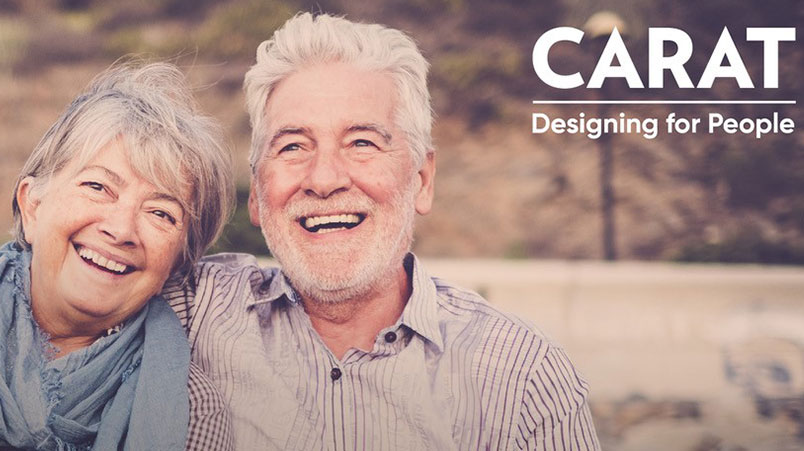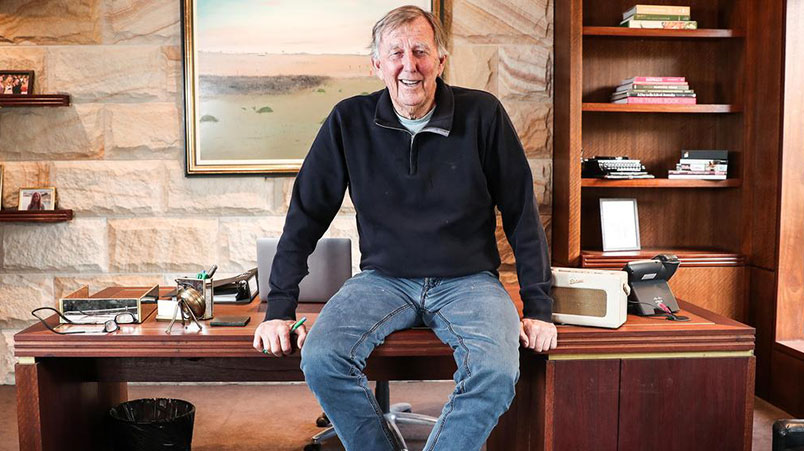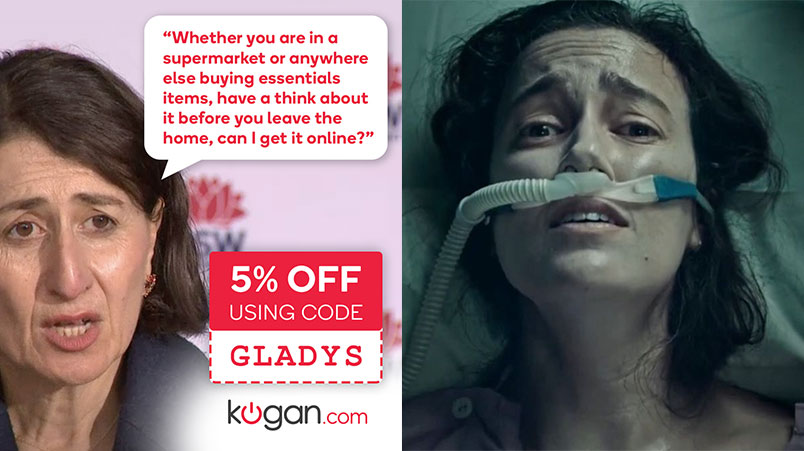Ok boomer: Carat touts guide to targeting older buyers

A new study by Carat breaks down baby boomers - those in their late fifties to mid-seventies and often with deep pockets - into seven segments to help marketers better understand how to reach them.
What you need to know:
- Carat's study breaks boomers into seven segments.
- The paper is based on surveys via its 10,000-strong consumer panel.
Carat has published a paper based on its research into baby boomers, those born from the mid-1940s to mid-1960s.
The findings are gleaned from Carat's panel of 10,000 adult Australians surveyed each year in a bid to better understand what makes them tick.
Boomers as a whole are considered the most affluent generation. Many have good pensions, have paid off their mortgages and have plenty of free time and disposable income.
To help marketers reach boomers, Carat has broken them into seven brackets or 'tribes' in agency-speak:
- Luxe Lifestylers (image conscious, extroverted, overwhelmed)
- Affluent Adventurers (ambitious, pioneering, social)
- Spiritual Socialites (religious, connections-driven, tech-laggards)
- Sceptical Strugglers (conservative, introverted, pessimistic)
- Woke Warriors (conscientious, independent, calm
- Bubble Boomers (conservative, family-focused, independent)
- OTT Optimists (impressionable, ambitious, fiscally strained)
'Luxe Lifestylers', for example, look to peers and influencers and are attracted to brands that promote altruism through spending. They are also the most receptive and positive "tribe" when it comes to advertising, per Carat.
'Affluent Adventurers' are more likely to embrace advertising versus those in other segments. But they want ads to be entertaining. Carat believes this 'tribe' is also influenced by price comparisons and value-driven shopping.
Meanwhile 'Spiritual Socialites' are best reached through non-advertising, e.g. via owned and earned channels, suggests the study. They like brands involved with charities and opt for Australian-made over other brands. They prefer factual advertising brands that use loyalty programs, price discounts that incentivise trial, or reviews from peers for verification, per the report.







